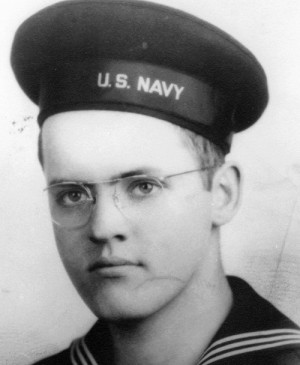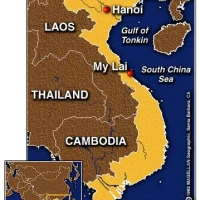In an 1888 novel called Looking Backward: 2000-1887, author Edward Bellamy imagined a scene in which a time-traveler from 1887 reacts to a technological advance from the early 21st century that he describes as, “An arrangement for providing everybody with music in their homes, perfect in quality, unlimited in quantity, suited to every mood, and beginning and ceasing at will.”
In Bellamy’s imagination, this astonishing feat was accomplished by a vast network of wires connecting individual homes with centrally located concert halls staffed round-the-clock with live performers. As it turned out, this vision of the year 2000 would come to pass far sooner than Bellamy imagined, and without all the pesky wires. On October 1, 1920, Scientific American magazine reported that the rapidly developing medium of radio would soon be used to broadcast music. A revolution in the role of music in everyday life was about to be born.
“It has been well known for some years that by placing a form of telephone transmitter in a concert hall or at any point where music is being played the sound may be carried over telephone wires to an ordinary telephone receiver at a distant point,” began the bulletin in the October 1, 1920 issue of the popular science monthly, “but it is only recently that a method of transmitting music by radio has been found possible.”
Arguments about radio’s origins persist to this day, but its basic workings had been understood for upwards of 20 years at the time of this announcement. It was only in the years immediately following World War I, however, that radio made the transition from scientific curiosity to practical technology. By late 1919, experiments had begun in Britain, the United States and elsewhere that would lead to the breakthrough use of radio not just as a replacement for the telegraph, but as a communications and entertainment medium.
Some of those experiments were taking place in the laboratory of the National Bureau of Standards in Washington, D.C., where station WWV was established to test various means of radio transmission. Relying significantly on amateur radio operators in the local area for feedback on its experiments, the Bureau began successfully testing the transmission of music in late 1919 and early 1920. It was those experiments that led to the public announcement in Scientific American.
“Music can be performed at any place, radiated into the air through an ordinary radio transmitting set and received at any other place, even though hundreds of miles away,” the report continued, noting that “the music received can be made as loud as desired by suitable operation of the receiving apparatus.” “Experimental concerts are at present being conducted every Friday evening from 8:30 to 11:00 by the Radio Laboratory of the Bureau of Standards….The possibilities of such centralized radio concerts are great and extremely interesting.”



 Check out my other blog
Check out my other blog I'M PUBLISHED
I'M PUBLISHED I'm Published Again
I'm Published Again









I love the radio and it’s way of bringing families together. My parents had great memories. My dad was born in 1913 so he recalled the first time he heard the radio and was enthralled. His family couldn’t afford a radio but later, in the 20’s, they had their favourite shows to listen to. My mom recalls, during the war, having the radio on, very, very low. She was the lookout while her family listened to Winston Churchill. They were not allowed to listen to anything but Nazi propaganda but they knew they would not get the right info. They had to be so careful or else neighbours would hear and they could have been taken away. Radio is so profound that kids today have no idea. This 20’s radio broadcast is great to hear!
LikeLike
With all the advancements today there doesn’t seem to do anything for family gathering like the radio of that time period.
LikeLike